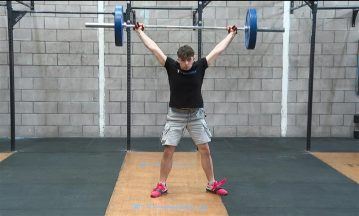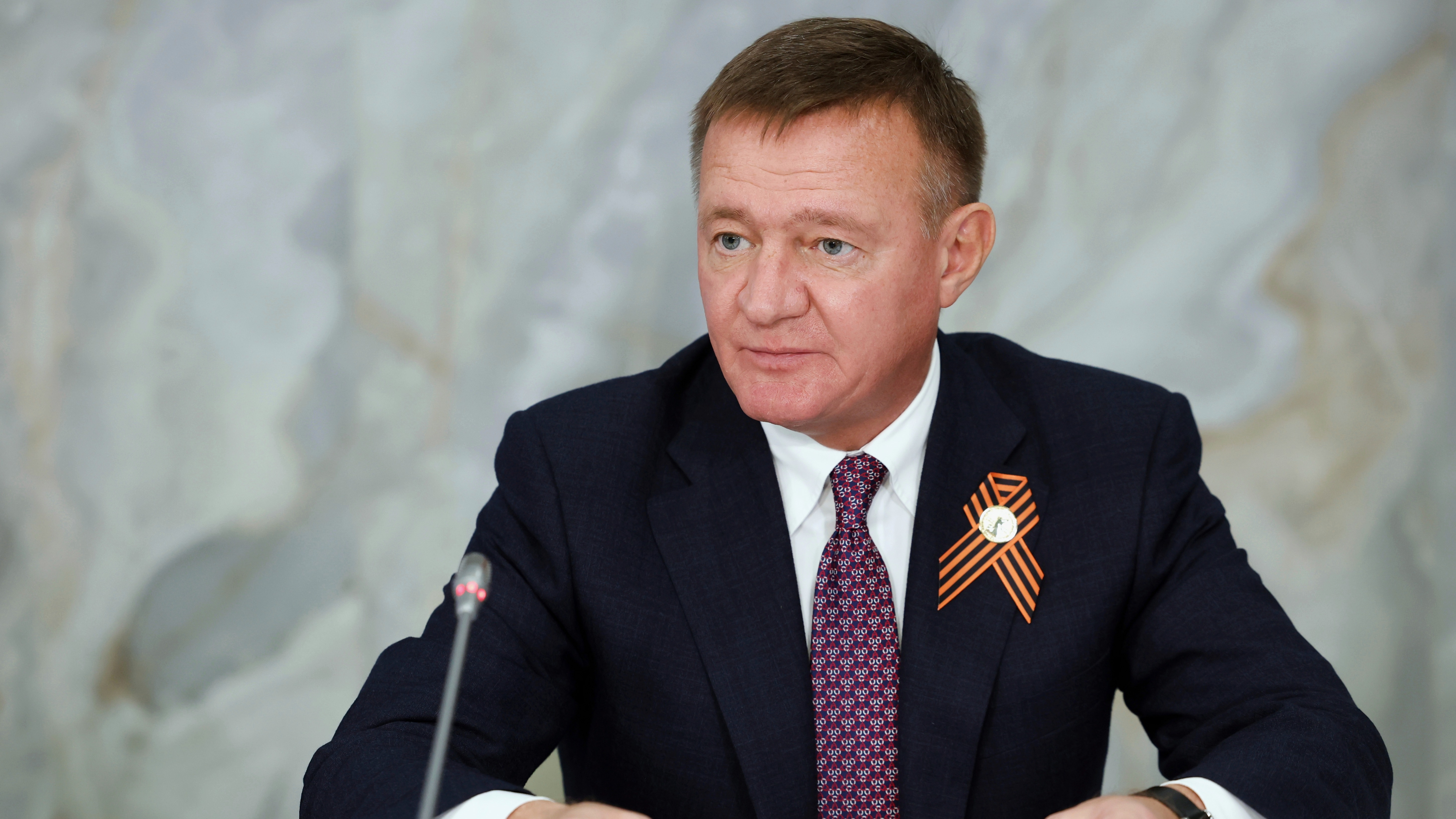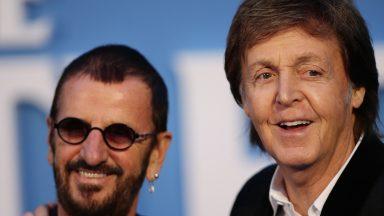Almost 1.8 billion adults are at risk of diseases such as cancer, stroke, dementia and diabetes due to a lack of exercise – and the situation is getting worse, according to a report.
The new study from World Health Organisation (WHO) researchers plus academics found physical inactivity globally has risen by about five percentage points between 2010 and 2022.
Overall, nearly a third of adults (31%) around the world do not exercise enough, up from 23% (900 million people) in 2000 and 26% in 2010.
If current trends continue, experts predict that by 2030, some 35% of people will not be doing enough exercise.
Research shows that a lack of exercise increases the risk of heart disease, strokes, type 2 diabetes, dementia and cancers such as breast and bowel.
When it comes to gender differences, it seems women are consistently less likely to exercise than men, with inactivity rates of 34% compared to 29%.
The new study, published in The Lancet Global Health journal, warned the world is currently off track from meeting a global target to reduce physical inactivity by 2030.

Dr Tedros Adhanom Ghebreyesus, WHO director-general, said: “These new findings highlight a lost opportunity to reduce cancer, heart disease and improve mental well-being through increased physical activity.
“We must renew our commitments to increasing levels of physical activity and prioritise bold action, including strengthened policies and increased funding, to reverse this worrying trend.”
WHO recommends that adults take 150 minutes of moderate intensity, or 75 minutes of vigorous intensity physical activity, every week.
Examples of moderate activity include very brisk walking (4mph or faster), heavy cleaning such as washing windows or mopping, cycling at 10-12mph, or badminton.
Vigorous activity examples are hiking, jogging at 6mph or faster, shovelling, fast cycling, a football game, basketball or tennis.
The WHO defines insufficient physical activity as not as not meeting these weekly exercise guidelines.
The new study, which included data and estimates for 163 countries and territories, found people over 60 are less active than those who are younger.
And although high-income Western countries appear to be slowly reducing rates of inactivity (to 28% of people in 2022), they are still off track.
The World Health Assembly has set a global target – widely expected to be missed – of a 15% reduction in insufficient physical activity between 2010 and 2030.
Dr Rudiger Krech, director of health promotion at WHO, said: “Physical inactivity is a silent threat to global health, contributing significantly to the burden of chronic diseases.
“By making physical activity accessible, affordable, and enjoyable for all, we can significantly reduce the risk of non-communicable diseases and create a population that is healthier and more productive.”
Dr Panagiota Mitrou, director of research, policy and innovation at the World Cancer Research Fund, said: “This timely report is a wake-up call to the world that more needs to be done to encourage people to be more active.
“Governments must recognise that being physically active is incredibly important for our mental and physical health, including protecting against several cancers and supporting people to be a healthy weight, which in turn reduces the risk of 13 cancer types.”
Huw Edwards, chief executive of ukactive, the UK’s trade body for the exercise sector, said: “These figures should sound the alarm bell for nations around the world and we need to see more urgent action from the next Government to address physical inactivity in the UK.
“Physical activity is essential in reducing rates of long-term health conditions so if we do not prioritise getting more people active, the strain on our NHS and our economy will grow.
“We are calling on the Government to first commit to making the UK the most active nation in Europe and deploy the physical activity sector to boost the nation’s physical and mental health.”
Follow STV News on WhatsApp
Scan the QR code on your mobile device for all the latest news from around the country
























